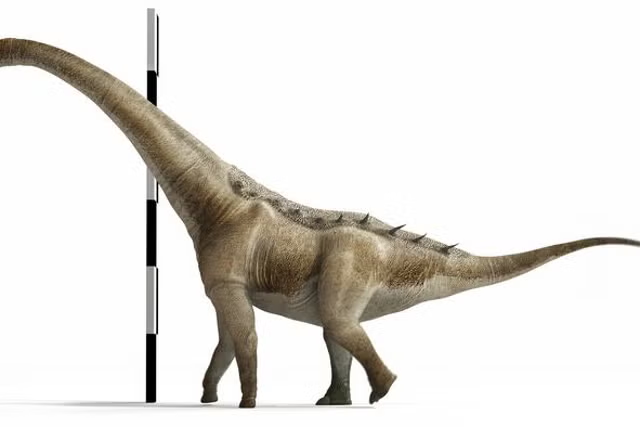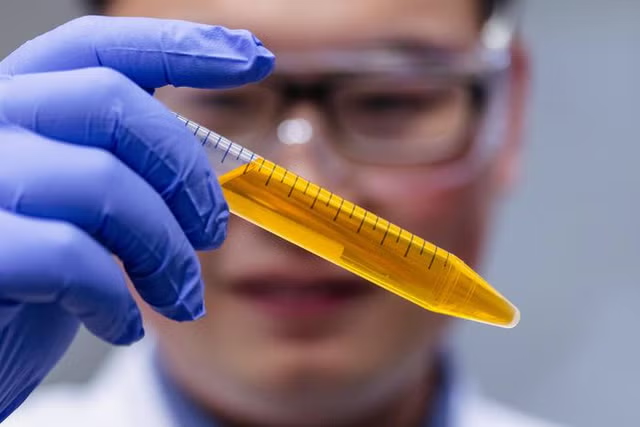A site owned by British luxury car and aircraft engine manufacturer Rolls-Royce has yielded "remarkable" archaeological discoveries.
During ongoing infrastructure improvement works at the Filton site in Bristol, southwestern England, archaeologists uncovered the remnants of a small prehistoric settlement, as well as human remains from the Roman era.
The finds came to light during investigations conducted by AOC Archaeology Group, which carried out trial trenching work—a means of examining a sample of a site to rapidly check for anything of archaeological significance.
During these investigations, the team identified a double-ditched enclosure that defines the northern end of the prehistoric settlement, along with several postholes and various pottery shards. These finds indicate the former presence of one or more simple small buildings. Postholes are evidence of wooden posts or poles that have decayed.
Besides these remains, the team documented several small pits and a small enclosure, which was likely used for keeping animals.
To the north of the double-ditched settlement, the archaeologists found the remains of an individual who is thought to have lived during the Roman era.
The archaeologists think that the person was not well known to the people who had settled in the area during this period or might have even been a criminal, given the quick and impersonal nature of the burial.
"The discovery of both the small prehistoric settlement and the buried human remains have been a fascinating arc to our ongoing Bristol site infrastructure improvements and have sparked the imaginations of our team," George Mitchell, Rolls-Royce's vice president of infrastructure, U.K. & Ireland early life cycle defense, said in a news release.
"It was during ground remediation work—which includes cleaning to remove any pollutants that have built up over decades of engine building and testing—that the remarkable discoveries were uncovered."
The remains collected from the site are being processed and cleaned by archaeologists, and will ultimately be stored in a local museum. Fieldwork is still ongoing, and further analysis will reveal more details about the finds, as well as the site in general.
"These archaeological findings have added to the rich history of the Filton site, a location that has stood through the trials of the Second World War. The team in Bristol are now looking forward to building on this momentum and continue to upgrade and invest in the future of the site," Daniel Lock, Rolls-Royce group property program executive, said in the release.
Do you have a tip on a science story that Newsweek should be covering? Do you have a question about archaeology? Let us know via science@newsweek.com.
Disclaimer: The copyright of this article belongs to the original author. Reposting this article is solely for the purpose of information dissemination and does not constitute any investment advice. If there is any infringement, please contact us immediately. We will make corrections or deletions as necessary. Thank you.



